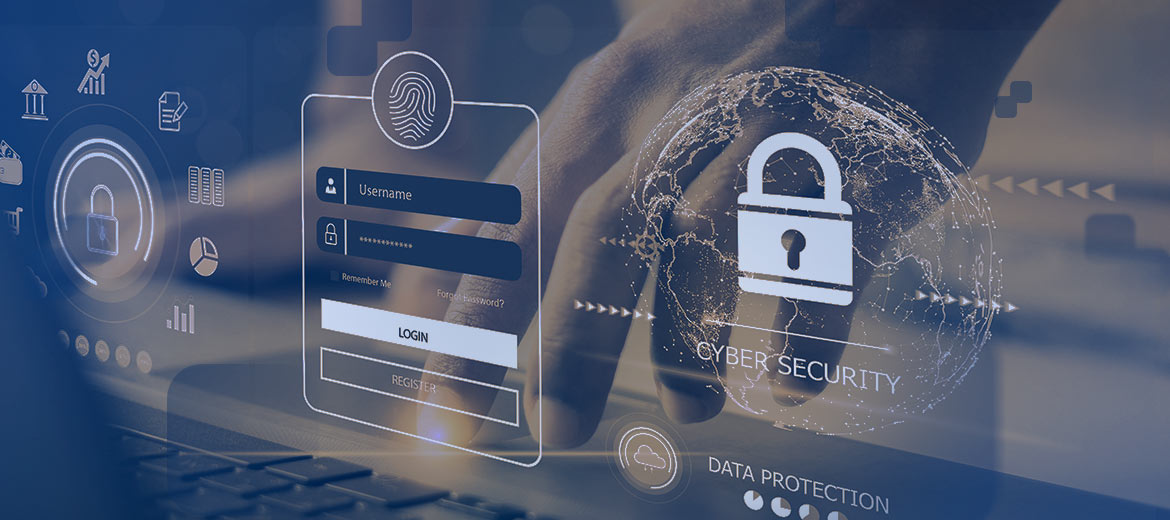
Securing Your Digital Fortress: Navigating the Ever-Evolving Threat Landscape
- 2 minsSecuring Your Digital Fortress: Navigating the Ever-Evolving Threat Landscape
In today’s hyper-connected world, the importance of cybersecurity cannot be overstated. As technology continues to advance, so too do the tactics employed by cybercriminals. From sophisticated malware to targeted phishing attacks, the digital landscape is fraught with peril. In this article, we’ll explore some of the latest cybersecurity threats and provide actionable strategies to protect your digital assets.
The Rise of Advanced Persistent Threats (APTs)
Advanced Persistent Threats (APTs) represent a significant cybersecurity concern for organizations of all sizes. These stealthy and highly targeted attacks involve persistent infiltration of networks and systems, often with the goal of stealing sensitive information or disrupting operations. Combatting APTs requires a multi-faceted approach, including robust network monitoring, regular security assessments, and user education on recognizing suspicious activity.
Mobile Menace: Securing the Smartphone Frontier
As mobile devices become increasingly integrated into our daily lives, they have also become prime targets for cyber attacks. Malicious apps, phishing attempts via SMS, and device vulnerabilities pose serious risks to both personal and corporate data. Implementing strong mobile security protocols, such as device encryption, app whitelisting, and remote wipe capabilities, is essential for safeguarding sensitive information on smartphones and tablets.
Cloudy with a Chance of Data Breaches
The widespread adoption of cloud computing has revolutionized how organizations store, manage, and access data. However, this shift to the cloud has also introduced new security challenges. Misconfigured cloud storage, unauthorized access, and data breaches are all potential risks that must be addressed. By implementing robust identity and access management (IAM) controls, encrypting data both in transit and at rest, and regularly auditing cloud infrastructure, organizations can mitigate the risk of cloud-based attacks.
The Insider Threat: A Trojan Horse in Your Midst
While much attention is focused on external threats, insider threats can be equally damaging to organizations. Whether due to negligence, disgruntlement, or malicious intent, insiders with access to sensitive systems and information can pose a significant risk. Implementing least privilege access controls, conducting regular employee training on cybersecurity best practices, and monitoring user behavior for anomalous activity are crucial steps in mitigating the insider threat.
The Future of Cybersecurity: Emerging Technologies and Trends
Looking ahead, emerging technologies such as artificial intelligence (AI), machine learning (ML), and blockchain hold promise for enhancing cybersecurity defenses. AI-powered threat detection, ML-driven anomaly detection, and blockchain-based identity management are just a few examples of how these technologies can bolster cybersecurity efforts. However, it’s essential to approach these innovations with caution, as cybercriminals are also adept at leveraging new technologies for nefarious purposes.
In conclusion, the cybersecurity landscape is constantly evolving, presenting both challenges and opportunities for individuals and organizations alike. By remaining vigilant, staying informed about the latest threats, and implementing robust security measures, we can fortify our digital fortresses against cyber attacks. Together, let us navigate the ever-changing threat landscape with resilience, adaptability, and a steadfast commitment to safeguarding our digital assets.